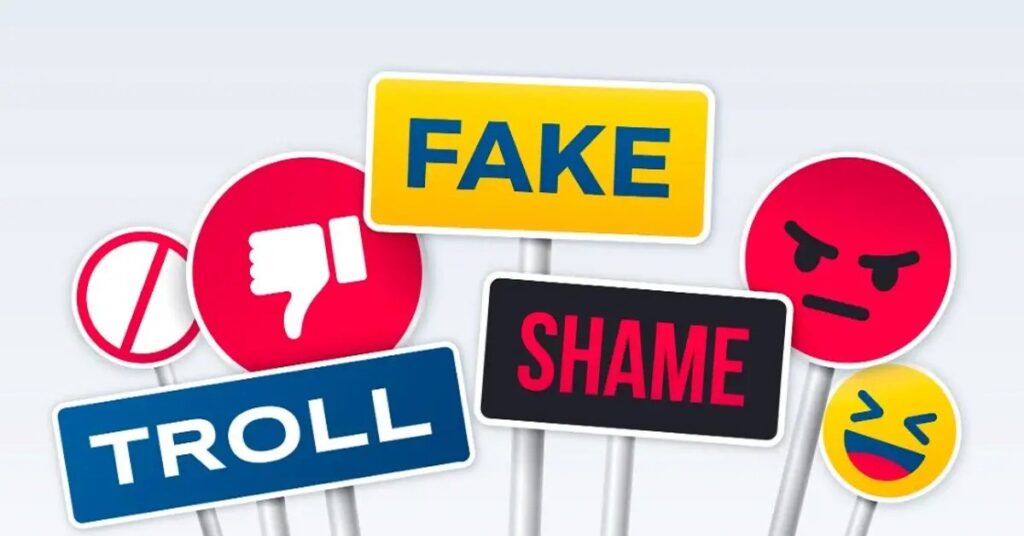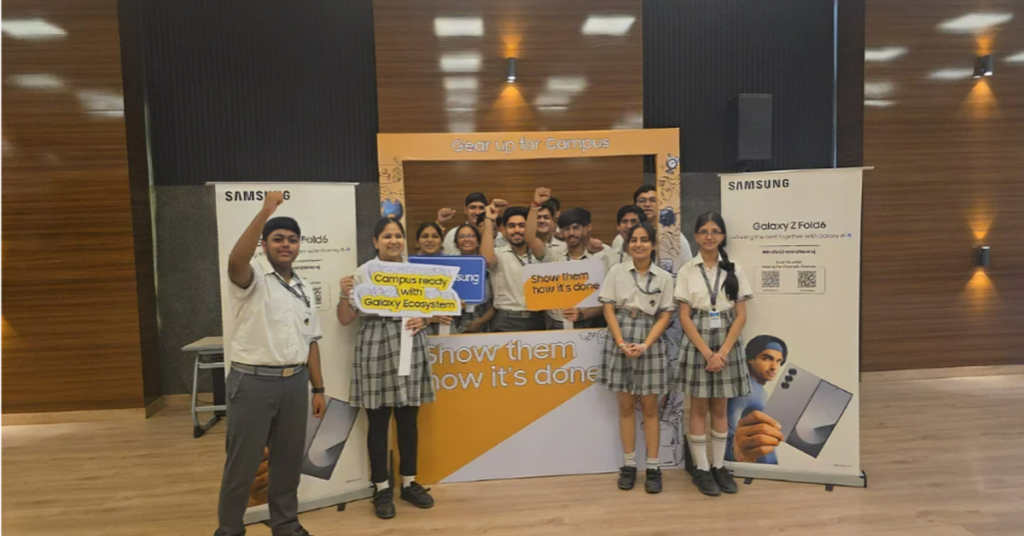Branding a video game is multifaceted, and selling in the highly challenging and ever-evolving game sector requires a strategic approach to engage and convert audiences. An understanding of what works – from defining the target audience to leveraging social media and influencer partnerships – is crucial for the success of game marketing. Let’s explore the concept of branding games and then venture into four essential things you should DO and avoid when marketing your game, that can help you to skyrocket your game on the way and maintain your audience constantly growing.
Branded Games and The Rise of Interactive Marketing
In the dynamic landscape of digital marketing, brands are constantly seeking innovative ways to captivate their audience. One such method that has gained significant traction is the use of branded games. Branded games are a powerful tool for two-way customer engagement. Branded games represent a unique blend of entertainment, education, and marketing. They are cost-effective and provide valuable insights into customer behavior, preferences, and engagement levels. Leading brands have already reaped the benefits of branded games. For instance, Mona Lisa’s ‘Spot the Difference’ game not only engaged customers but also expanded their newsletter database. The Perfume Shop leveraged a Valentine’s Day-themed game to boost product awareness and sales.

Likewise, Coca-Cola is another brand that has successfully incorporated branded gaming as a part of its content marketing campaigns. They created games that were engaging and fun, which helped to increase brand awareness and customer engagement.
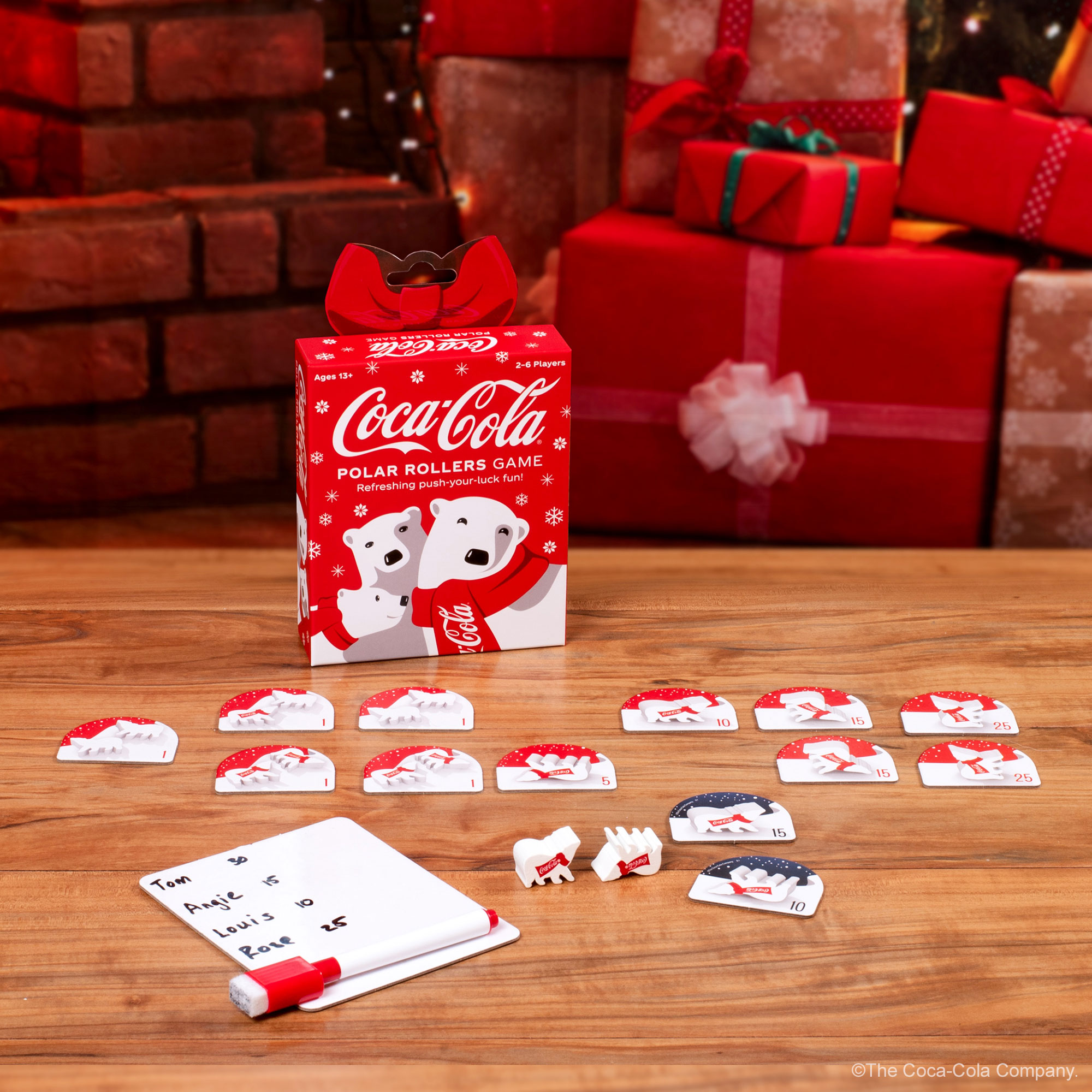
A most popular example is the Last of Us TV series released on HBO Max. The Last of Us TV series has indeed been successful in branding its PlayStation video game. The series has had a significant impact on the sales of the game, with every new episode leading to a dramatic increase in game sales. This strategy of leveraging a popular TV series to boost video game sales can be considered an effective game branding strategy. It not only increases the visibility and reach of the game but also engages a wider audience who might not have been exposed to the game otherwise.

Now let’s have a look at some of the main DOs and DON’Ts of game branding.
4 Main DOs of Game Branding
The following four indispensable DOs of game marketing can help you elevate your strategy and keep your audience engaged and growing.
- Define your Target Audience: Before you even start thinking about marketing your game, you need to define who your target audience is. Are you targeting casual gamers, hardcore gamers, or a niche audience? Knowing your target audience will help tailor your marketing efforts to their interests and needs. You cannot advance beyond your game’s development without planning a strategy surrounding your target audience. Understanding the demographics, preferences, and behaviors of your target audience is crucial for crafting compelling marketing messages and promotions that resonate with them.
- Use Social Media to effectively reach and engage your target audience: It’s crucial to identify and be present on their frequent platforms. Platforms like Twitter, Facebook, Instagram, and TikTok are vital for increasing your game’s visibility and follower base. Engaging with your audience on these platforms promotes your game and builds a community around it, fostering lasting connections and interest. Understanding the unique dynamics of different social media platforms is crucial in reaching the right audience for your game. For instance, content that resonates on TikTok may not have the same impact on LinkedIn. Pay close attention to your target audience’s comments and content preferences; this will guide your decisions on where to focus your marketing efforts.
- Build Relationships with Influencers: Influencers wield significant power in the gaming industry, capable of amplifying your game’s reach and generating excitement among large audiences. Platforms such as Twitch, YouTube, and Kick host millions of viewers daily, attracted by a diverse range of live streamers who each bring their unique brand and following. These influencers often seek collaborations with game developers, serving as brand ambassadors or partners. By promoting your game to their followers, they can drive substantial traffic and interest. In return, you can offer compensation through various means like early access to the game, game codes, or customized merchandise. Building relationships with influencers goes beyond simple promotion; it helps forge a strong reputation for your game, increase brand awareness, and garner respect within the gaming community.
- Create a Website: In the digital gaming landscape, your website is the primary showcase for your game, serving as a critical resource for information-hungry gamers. To ensure it captures the suitable attention, your website must be visually striking, intuitively navigable, and rich in content. It should comprehensively detail your game, feature the latest development updates, and provide clear contact information. Incorporate SEO best practices to maximize your website’s reach. Start by identifying and integrating relevant keywords associated with your game and genre. Also, consider creating a blog section on your website. This can be updated regularly with engaging content like behind-the-scenes development insights, interviews with the development team, and articles about the gaming industry. This content keeps your audience engaged and helps rank your website higher on search engines due to fresh, relevant content.
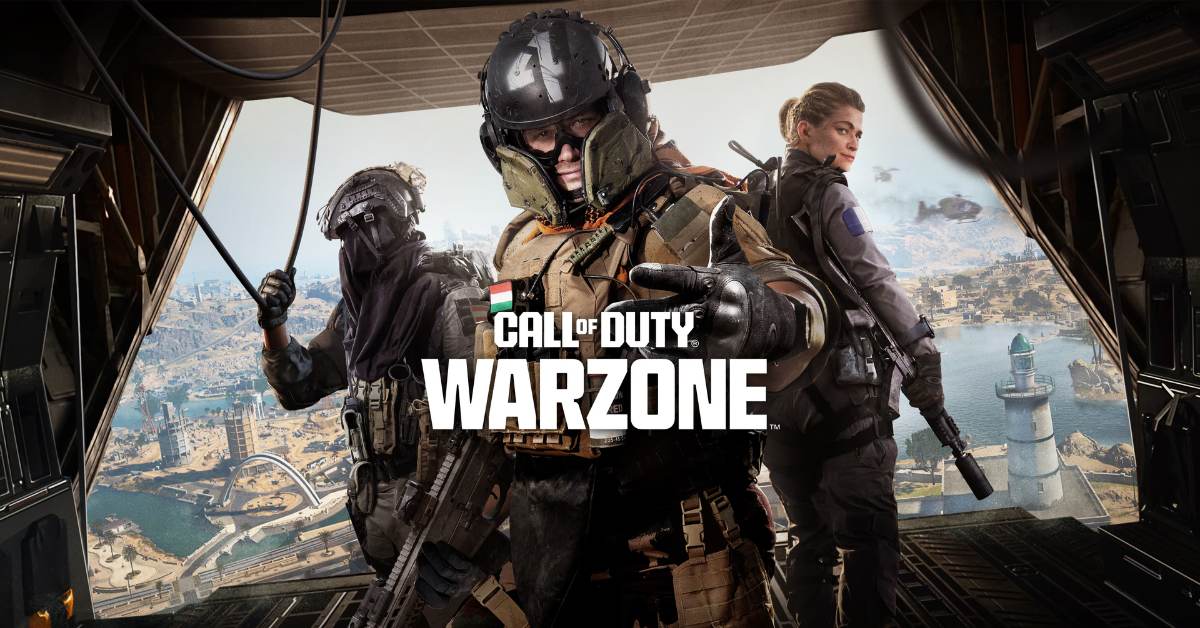
4 Main DON’Ts of Game Branding
The 4 critical DON’Ts in-game marketing and how to navigate them effectively to ensure a successful marketing strategy that resonates with your audience.
- Avoiding the One-Size-Fits-All Approach: In the dynamic gaming industry, it’s crucial to recognize that not every game is for every player. Attempting to cater to a broad spectrum of gamers can dilute the essence of your game and risk losing your core audience. Instead, focus confidently on your target audience and develop a marketing strategy that speaks directly to them.
- Ignoring the Power of Email Marketing: Email marketing offers a direct and personal way to engage with players who have already shown interest in your game. Failing to utilize this tool means missing out on opportunities to inform potential customers about key developments, upcoming releases, or special promotions. Leveraging email marketing is essential for maintaining communication and engagement with your audience.
- Neglecting the Importance of SEO: SEO is a strategic tool that enhances your game’s online visibility. Failing to implement SEO effectively can result in your game being buried under other online content, making it difficult for potential customers to find. By incorporating SEO best practices, you can ensure that your game appears prominently in search engine results, making it more accessible to potential players.
- Avoiding Overwhelming Your Followers with Content: Meaningful engagement with your audience is key to effective game marketing. While providing intriguing and relevant content is important, it’s vital to avoid overwhelming your followers with excessive promotional material. Finding a balance in the content you share is crucial to maintaining anticipation and discovery, keeping your audience engaged and interested.
By navigating these critical DOs and DON’Ts in-game marketing and embracing thoughtful and responsible action, you can position your game to ignite the gaming world and become a celebrated example of successful game marketing.
Game Branding Success Stories
Travis Scott x Fortnite
This collaboration is a great example of defining a target audience and using social media platforms effectively. They offered players an in-game concert at pre-advertised time slots, which was promoted on social media. Over 27.7 million users logged in for the in-game event.
Angry Birds
Rovio Entertainment, the Finnish development company behind Angry Birds, leveraged a simple yet iconic strategy. They released an offbeat trailer which was the first of its kind for a mobile game on YouTube. This video attracted viewers from all over, watching it over 100 million times. This is a perfect depiction of the impact of strong social media marketing for branding a game.
The Legend of Zelda: Ocarina of Time
This game leveraged the power of influencers. American Actor Robin Williams loved this game so much that he named his daughter after the titular character in the series. He further went on to shoot a commercial for the Nintendo 3DS 2011 overhaul for the series.
God of War III
God of War creators, SCE Santa Monica Studios used a variety of techniques to market this game. They requested gamers to submit the ultimate God of War fan videos, which grabbed the audience’s attention like no other. They also leveraged Joey Logano’s race car, which was covered in God of War III artwork in March 2010.
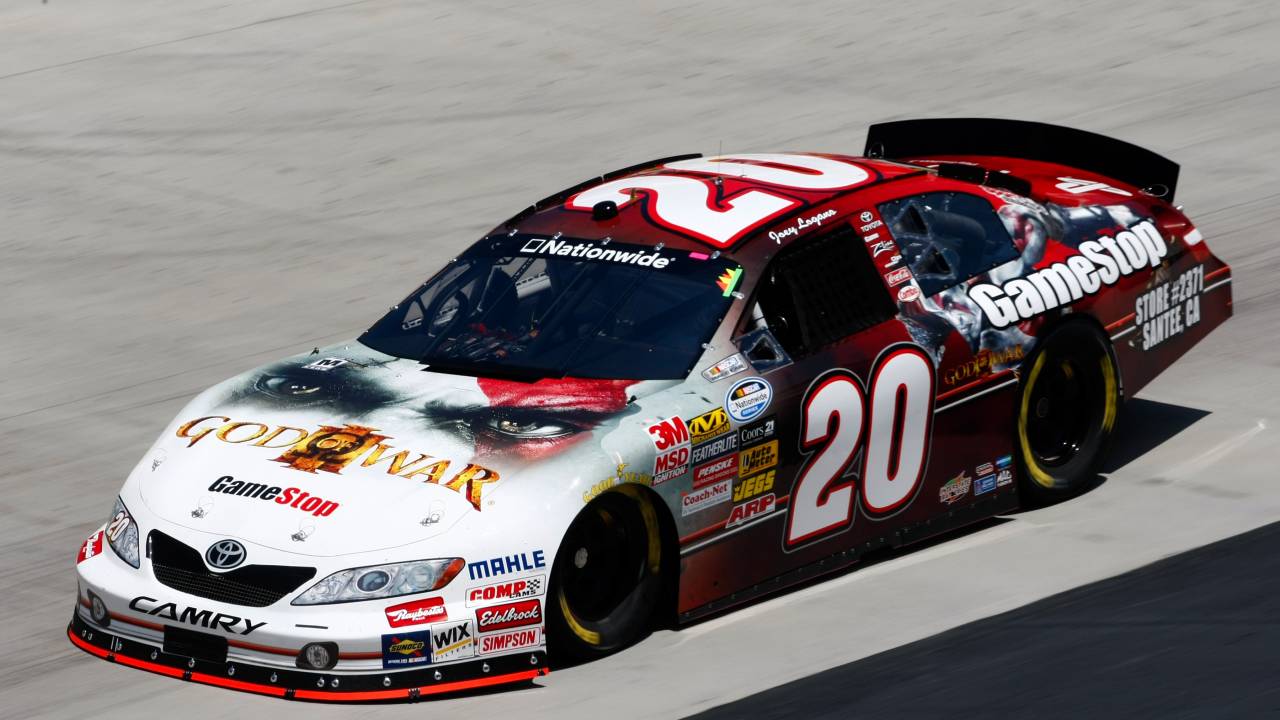
Key Takeaways
- Branded games represent a unique blend of entertainment, education, and marketing by offering brands a dynamic platform to interact with customers, enhance loyalty programs, and ultimately, elevate their content marketing efforts.
- Defining your target audience, utilizing social media, building relationships with influencers, and creating a compelling website is essential for a successful game marketing strategy.
- Effective email marketing is crucial for engaging with players who have shown interest in your game, and informing potential customers about key developments, upcoming releases, and special promotions.
- SEO is a strategic tool that enhances your game’s online visibility, making it more accessible to potential players.
- Meaningful engagement with your audience is vital to avoid overwhelming followers with excessive promotional content, and maintaining anticipation and discovery.
Also Read: Turning Loss Into Success: The Creative Approach to Sustainable Branding

